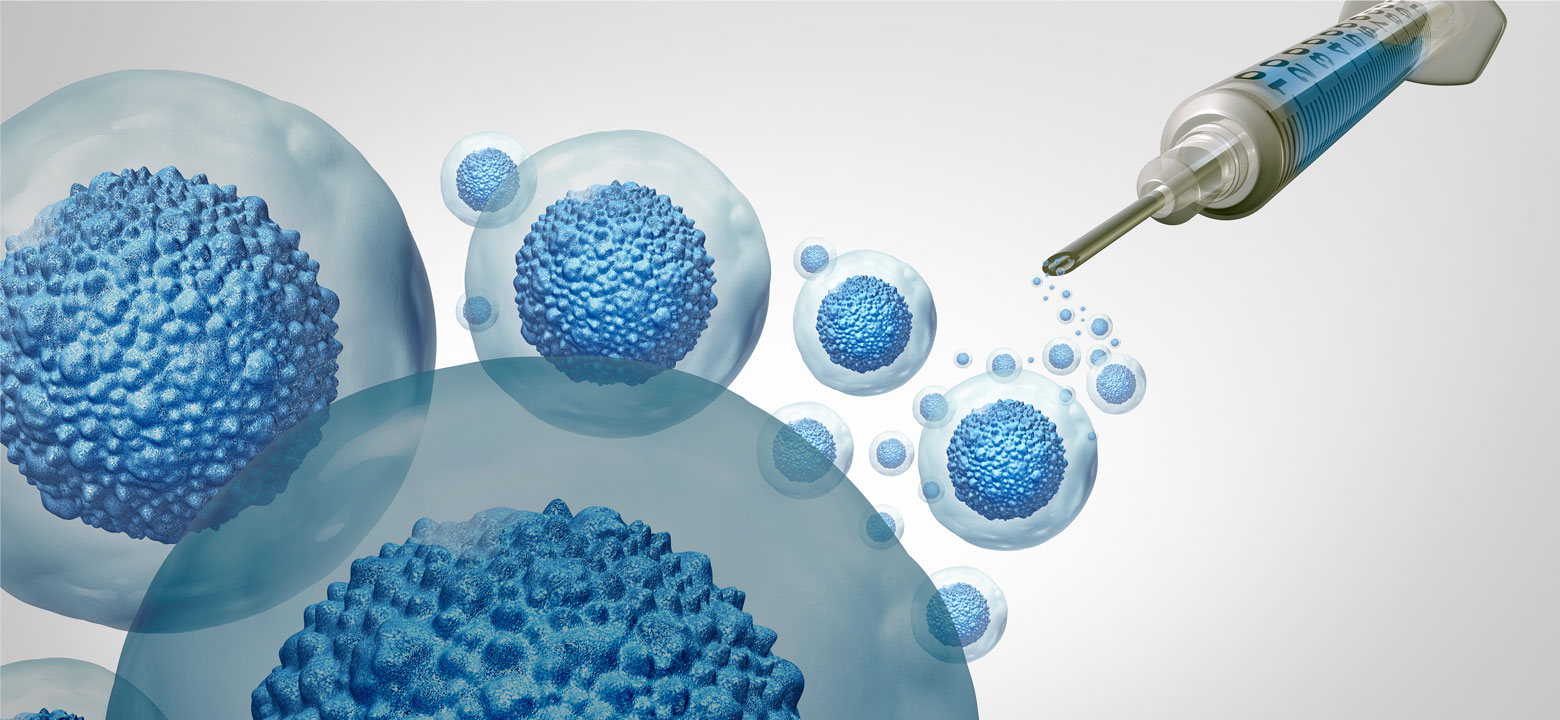
The human immunodeficiency virus is terrifying, in part, because it's always been incurable. While some people seem naturally resistant, others can end up harboring the virus for life, required to follow a careful medical regimen and lifestyle to keep their viral load as low as possible. For those who aren't able to do that, there's a danger of the infection progressing Acquired Immune Deficiency Syndrome.
Fortunately, there's new hope on the horizon: A woman's HIV went into remission after stem cell treatments. While she's the first woman to go into remission, she's the third person to have done so. This might sound like there's a potential cure for HIV, but experts caution the public not to start celebrating just yet—the patient's situation represents a fringe case, not an endorsement for using stem cell transplants as a potential cure.
A research team out of UCLA recently presented some very interesting findings. A woman, identified only as the “New York patient,” presented with acute myeloid leukemia (AML). This is a type of blood cancer, specifically of the myeloid line of blood cells. It causes the growth of abnormal cells, which eventually build up in the blood and bone marrow and make it more difficult for the body to produce normal, healthy cells.
The first line of treatment for AML is generally chemotherapy. Patients may go on to have other forms of therapy, including stem cell transplants. In this case, the New York patient received a special combination of stem cells to treat her AML.
In the four and a half years since her treatment, her cancer didn't return. Most interestingly, neither did her HIV—even over a year after discontinuing her course of antiretroviral medication.
The patient received a special mixture of stem cells. The treatment involved a combination of umbilical cord blood cells and adult stem cells from a haploidentical (half-matched relative) donor. The umbilical stem cells possessed a mutation known as CCR5-delta32/32 homozygous, which is known to be protective against HIV.
For transplants, it's very important to match donors to recipients in order to avoid rejection. For people with leukemia, matching is even more important. Otherwise, the transplant may trigger a condition called graft-versus-host disease. In GvHD, the stem cells (or white blood cells, depending on the transplant) of the transplant recognize the host's body as foreign. They begin attacking the host's tissues, causing organ inflammation and damage.
There are a lot of things that make this case and treatment unique. This patient is the first woman to experience HIV remission after a stem cell treatment. She's also of mixed ancestry. That made it a bit more challenging to find donors for her. Donors need to be matched to recipients, and the CCR5-delta32/32 homozygous mutation is most commonly found in northern Europe. The patient and her medical team were fortunate to find an infant umbilical cord blood donor that had exactly what they needed for this to work.
Medical research tends to draw its conclusions primarily from populations of men of European descent. The findings here are significant because the New York patient represents two understudied populations: women and people of mixed ancestry.
If she remains in remission long enough, she could be declared “cured” of HIV. “In remission” isn't exactly the same as “cured.” If someone is cured, it means there is no trace of the disease and it will never come back on its own. This patient is in remission, which means that the symptoms and signs of the disease are reduced. In other words, it isn't yet possible to tell whether the HIV has been completely eliminated. It looks that way, but it's also possible for HIV to be in the body at levels too low to detect and rebound later. While her results are very exciting, experts urge people to remember that it's too early to say she's cured.
Even though it's premature to say that the New York patient was cured of HIV, these results are very interesting. Stem cell transplants aren't a viable option to cure HIV in the general population—other attempts to do so were largely unsuccessful—but it gives scientists a look into an innovative way to tackle both leukemia and HIV in people who are largely forgotten by research.